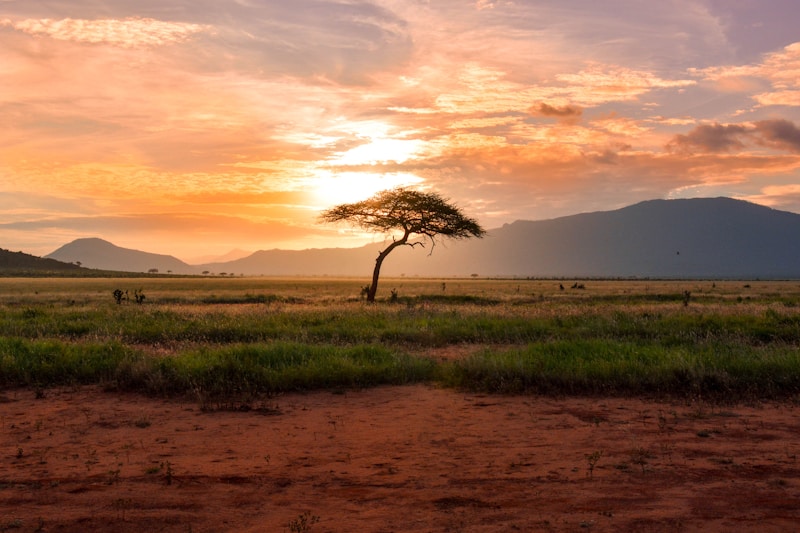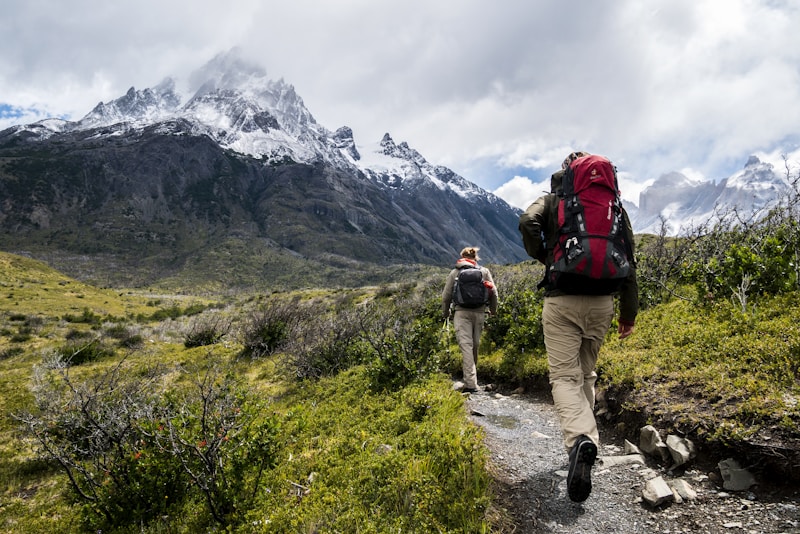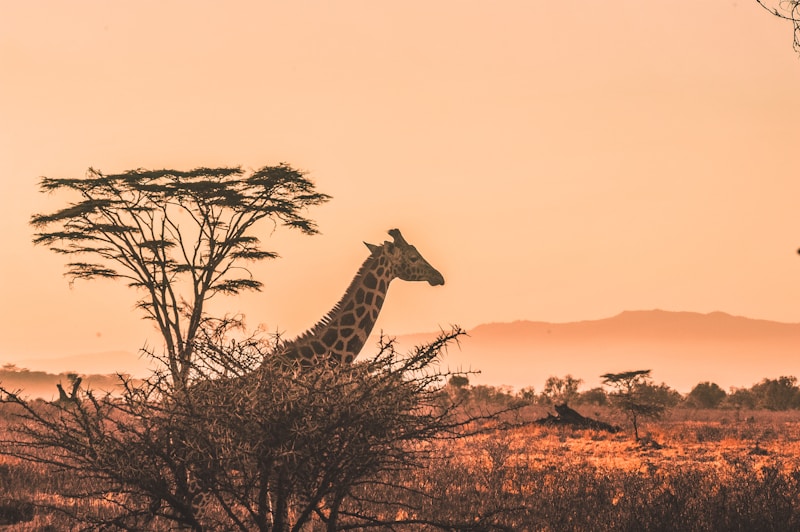The Fulani People
Nomadic Cattle Herders - Guardians of Oral Traditions - Africa's Largest Nomadic Group
Who Are the Fulani?
The Fulani (also called Fula, Fulbe, or Peul) are one of Africa's largest ethnic groups, numbering over 40 million people dispersed across West and Central Africa from Senegal to Sudan. Traditionally nomadic cattle herders, the Fulani have maintained their pastoral lifestyle and cultural identity while migrating across the Sahel for over a millennium. They speak Fulfulde, a Niger-Congo language, and are renowned for their cattle-herding expertise, complex oral traditions, and the 19th-century Fulani jihads that established Islamic states across West Africa, including the Sokoto Caliphate. The Fulani exemplify successful cultural continuity despite geographic dispersion, maintaining distinctive practices, beauty standards, and social codes across 20+ countries.
Pastoral Nomadism and Cattle Culture
The Fulani developed one of the world's most sophisticated pastoral nomadic systems, centered on zebu cattle breeds adapted to semi-arid conditions. Traditional Fulani follow seasonal migration patterns (transhumance), moving herds between wet-season pastures and dry-season grazing areas, sometimes covering hundreds of kilometers. Cattle represent wealth, prestige, and cultural identity—not merely economic assets. The Bororo (Wodaabe) Fulani maintain the most traditional nomadic lifestyle, resisting sedentarization and preserving ancient customs.
Fulani cattlemen possess encyclopedic knowledge of pasture ecology, water sources, veterinary practices, and breeding. This expertise allowed them to thrive across diverse Sahelian environments where agriculture struggles.
Social Organization and Pulaaku Code
Fulani society adheres to Pulaaku—a strict ethical code emphasizing reserve (semteende), modesty (hakkiilo), patience (munyal), and fortitude (tiinaade). This code governs behavior, speech, and social interactions, distinguishing "proper" Fulani conduct. Fulani society traditionally divides into clans (leyyi) claiming descent from common ancestors. The age-grade system organizes youth into cohorts progressing through life stages together. Gender roles are clearly defined, with men managing cattle and women controlling dairy production and household economics.
The Fulani Jihads and Islamic Leadership
In the 18th-19th centuries, Fulani Islamic scholars led revolutionary jihads across West Africa, establishing theocratic states. The most significant was Usman dan Fodio's 1804 jihad creating the Sokoto Caliphate, which unified Hausa states under Islamic law and became one of Africa's largest pre-colonial empires. Other Fulani jihads established states in Futa Jallon (Guinea), Futa Toro (Senegal), and Masina (Mali). These movements transformed Fulani from purely pastoral people to political and religious leaders, though many Fulani continued nomadic herding.
Oral Literature and Artistic Traditions
The Fulani maintain rich oral traditions including epic poems, genealogies, folk tales, and cattle songs. Professional bards (griots) preserve historical narratives and family genealogies spanning centuries. The Gerewol festival showcases Wodaabe Fulani artistry—young men wear elaborate makeup, costumes, and jewelry while performing dance competitions to attract marriage partners, demonstrating Fulani aesthetics valuing beauty, elegance, and performance. Fulani women create intricate calabash decorations, leather goods, and jewelry reflecting pastoral motifs.
Modern Fulani Life
Today, Fulani populations split between traditional nomadic herders and settled communities. Urban Fulani have become prominent in West African politics, business, and Islamic scholarship. However, climate change, expanding agriculture, and land conflicts increasingly threaten traditional pastoral lifestyles. Many Fulani maintain cultural identity while adapting—some combine herding with farming, others migrate to cities while preserving language and customs. The Fulani continue as major suppliers of livestock and dairy products across West Africa. Cultural festivals, particularly Gerewol, attract international attention, while Fulani musicians blend traditional styles with contemporary African music. Despite modern pressures, the Fulani demonstrate remarkable cultural resilience, maintaining identity across vast geographic dispersal.
Image Gallery





